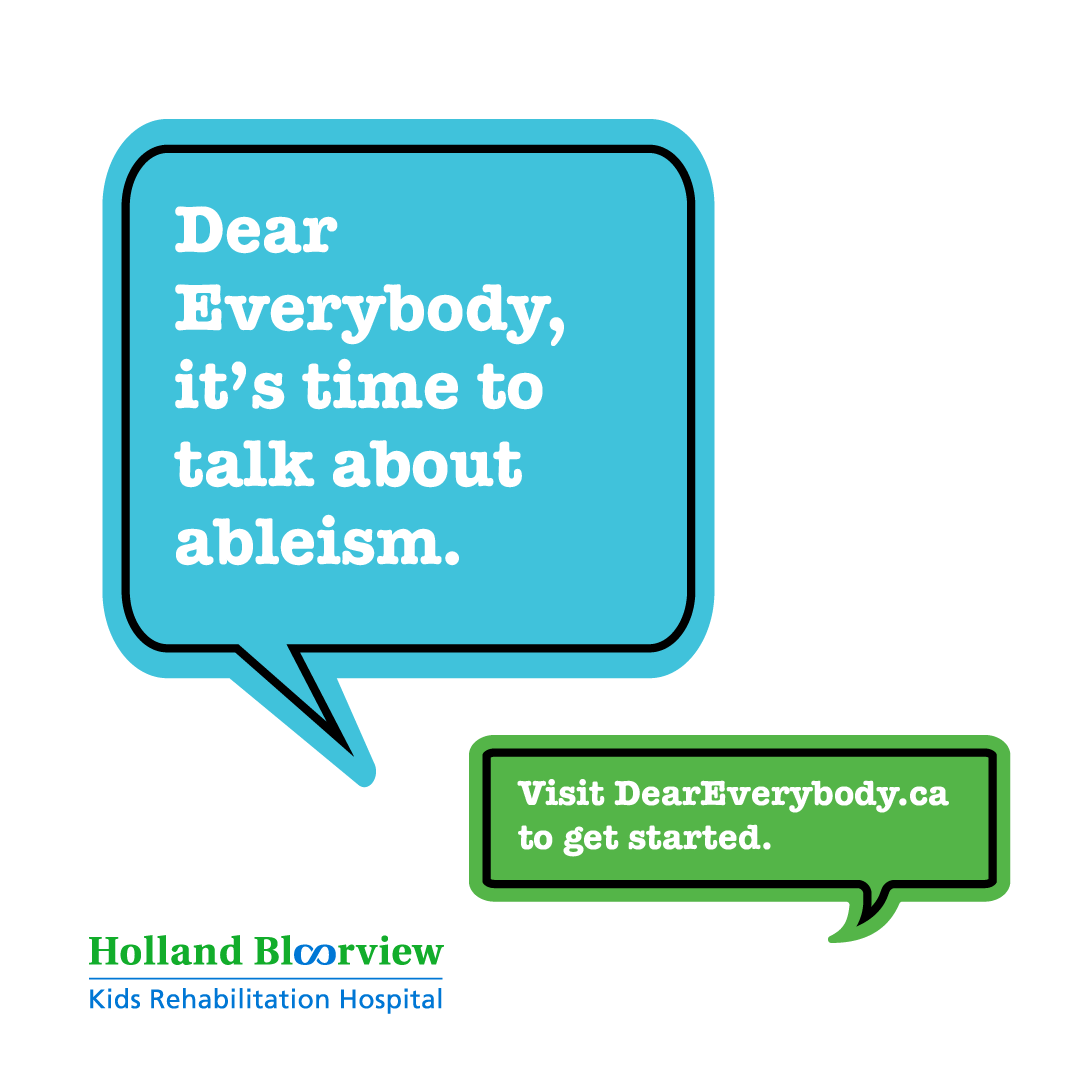For coworkers who are allies
How to identify barriers in your workplace
DOWNLOAD THIS PDFDear Everybody,
Just because someone doesn’t do something the way most people do it, doesn’t mean they can’t do it.
Is your workplace accessible to people of all abilities? Workplace barriers extend well beyond just physical barriers – there can be attitudinal barriers and social barriers that can present just as much of an obstacle to success. And yet hiring staff with disabilities not only creates a more inclusive workplace, it’s good for business. It’s been shown to improve employee engagement and morale, build brand and customer loyalty, and improve overall performance.
Examples of physical barriers:
- Steps/curbs that block a person with disabilities from entering a building or using a sidewalk
- Not having an elevator
- Not having an accessible bathroom
- Cubicle workspaces too small for a wheelchair to turn around
- Hallways/doorways too narrow for a person using a wheelchair, electric scooter or walker, or wheelchair accessories like a communication device
- Poor lighting for people with low vision
- Parking spaces that are too narrow for a driver who uses a wheelchair
- Desks that are not height adjustable for a person who is using a wheelchair, or other mobility device
- Open work spaces or high-noise/high traffic areas that make it difficult to concentrate
Examples of attitudinal barriers:
- Assuming co-workers with disabilities have a poor quality of life or are unhealthy
- Seeing disability as a personal tragedy, as something that needs to be cured or prevented, or as an indication of the lack of ability to behave as expected in society
- Believing someone with a disability is given an unfair advantage because of their disability
- Belief that accommodations for staff with disabilities will be difficult and/or expensive
- Thinking that people with disabilities are inferior
- Assuming that a person who has a speech impairment can’t hear you or understand you
- Thinking you are doing a co-worker with disabilities a “favour” by providing accommodations
Examples of social barriers:
- Avoiding someone with a disability out of worry that you may say something wrong
- Excluding co-workers with disabilities from social events in and outside the workplace
- Calling a disabled colleague ‘courageous’ for pursuing a career with their disability
- Helping a disabled person with a task, assuming they are incapable of accomplishing them on their own
Because of these and other barriers, one-third of people with disabilities in the labour market say they have been denied a job because of their disability, and 24% say they have been denied a job interview.
To learn more about how to identify and eliminate workplace barriers, and how to support youth with disabilities seeking employment, check out Holland Bloorview’s Employment Programs. Through education, training and inexpensive accommodations, you can create a workplace culture that celebrates disability as an important part of life and values the unique contributions of all employees.
For a great example of how an employer is helping a young adult gain valuable work experience, read Amanda’s story and learn how Fidelity Canada is helping this ambitious 21-year-old with Down syndrome achieve her career goals through Holland Bloorview’s Ready to Work program.
